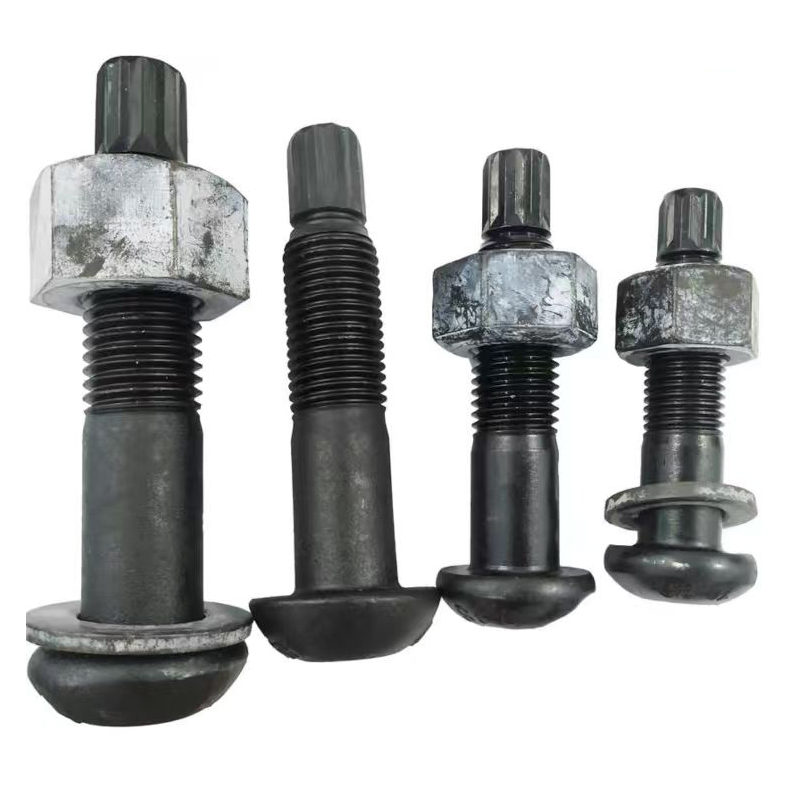- Chinese
- French
- German
- Portuguese
- Spanish
- Russian
- Japanese
- Korean
- Arabic
- Irish
- Greek
- Turkish
- Italian
- Danish
- Romanian
- Indonesian
- Czech
- Afrikaans
- Swedish
- Polish
- Basque
- Catalan
- Esperanto
- Hindi
- Lao
- Albanian
- Amharic
- Armenian
- Azerbaijani
- Belarusian
- Bengali
- Bosnian
- Bulgarian
- Cebuano
- Chichewa
- Corsican
- Croatian
- Dutch
- Estonian
- Filipino
- Finnish
- Frisian
- Galician
- Georgian
- Gujarati
- Haitian
- Hausa
- Hawaiian
- Hebrew
- Hmong
- Hungarian
- Icelandic
- Igbo
- Javanese
- Kannada
- Kazakh
- Khmer
- Kurdish
- Kyrgyz
- Latin
- Latvian
- Lithuanian
- Luxembou..
- Macedonian
- Malagasy
- Malay
- Malayalam
- Maltese
- Maori
- Marathi
- Mongolian
- Burmese
- Nepali
- Norwegian
- Pashto
- Persian
- Punjabi
- Serbian
- Sesotho
- Sinhala
- Slovak
- Slovenian
- Somali
- Samoan
- Scots Gaelic
- Shona
- Sindhi
- Sundanese
- Swahili
- Tajik
- Tamil
- Telugu
- Thai
- Ukrainian
- Urdu
- Uzbek
- Vietnamese
- Welsh
- Xhosa
- Yiddish
- Yoruba
- Zulu
- Kinyarwanda
- Tatar
- Oriya
- Turkmen
- Uyghur


Colored zinc plated countersunk cross bolts
The head of the countersunk cross bolt is conical and can be completely embedded in the surface of the connected parts to maintain a smooth appearance (standard GB/T 68). Common materials are carbon steel, stainless steel or engineering plastics (such as nylon 66), with galvanized or natural color treatment on the surface.

Electro-galvanized countersunk cross bolts
The head of the countersunk cross bolt is conical and can be completely embedded in the surface of the connected parts to maintain a smooth appearance (standard GB/T 68). Common materials are carbon steel, stainless steel or engineering plastics (such as nylon 66), with galvanized or natural color treatment on the surface.

U-bolts
U-bolts are U-shaped with threads at both ends, and are used to fix cylindrical objects such as pipes and plates (standard JB/ZQ 4321). Common specifications are M6-M64, made of carbon steel or stainless steel, with galvanized or blackened surface.

T-bolt (T-slot bolt)
T-bolt is a bolt with a T-shaped head, used with a T-slot (standard DIN 3015-2), and the flange design increases the contact area and can withstand lateral shear force. Common specifications are M10-M48, thickness 8-20mm, and surface phosphating treatment for corrosion resistance.

10.9S Torsion Shear Bolts
10.9S Torsion Shear Bolts are high-strength bolts designed for steel structures. The preload is controlled by twisting off the plum head at the tail (standard GB/T 3632). Each set includes bolts, nuts, and washers, which need to be manufactured in the same batch to ensure the consistency of mechanical properties.

10.9S large hexagon bolts
10.9S large hexagon bolts are the core components of high-strength friction-type connections. They are composed of bolts, nuts, and double washers (standard GB/T 1228). The tensile strength reaches 1000MPa and the yield strength is 900MPa. Its surface treatment adopts Dacromet or multi-alloy co-penetration technology, and the salt spray test exceeds 1000 hours. It is suitable for extreme environments such as oceans and high temperatures.

Welding nut (welding nut)
Welding nut is a nut fixed to the workpiece by welding. Common types include projection welding nut (DIN929) and spot welding nut (DIN2527). Its structure includes threaded section and welding base. The welding base has a boss or plane to enhance the welding strength.

High-strength blackened nuts
High-strength blackened nuts are nuts that form a black Fe₃O₄ oxide film on the surface of alloy steel through chemical oxidation (blackening treatment). The base material is usually 42CrMo or 65 manganese steel. After quenching + tempering treatment, the hardness can reach HRC35-45.

Anti-loosening nut (locking nut)
Anti-loosening nut is a nut that prevents the nut from loosening through special design.

Colored zinc-plated nuts
Colored zinc-plated nuts are passivated on the basis of electrogalvanizing to form a rainbow-colored passivation film (containing trivalent chromium or hexavalent chromium) with a film thickness of about 0.5-1μm. Its anti-corrosion performance is significantly better than ordinary electrogalvanizing, and the surface color is bright, with both functionality and decorativeness.

Electrogalvanized nuts
Electrogalvanized nuts are the most common standard nuts. A zinc layer is deposited on the surface of carbon steel through an electrolytic process. The surface is silvery white or bluish white, and has both anti-corrosion and decorative functions. Its structure includes a hexagonal head, a threaded section, and a galvanized layer, which complies with GB/T 6170 and other standards.

Electroplated galvanized flange nut (flange face nut)
Electroplated galvanized flange nut is a special nut with a circular flange added to one end of the hexagonal nut. The flange increases the contact area with the connected parts, disperses the pressure and enhances the shear resistance. Its structure includes threaded section, flange and galvanized layer. Some models have anti-slip teeth on the surface of the flange (such as DIN6923 standard).
Products
Our company mainly produces and sells various power bolts, hoops, photovoltaic accessories, steel structure embedded parts, etc.







